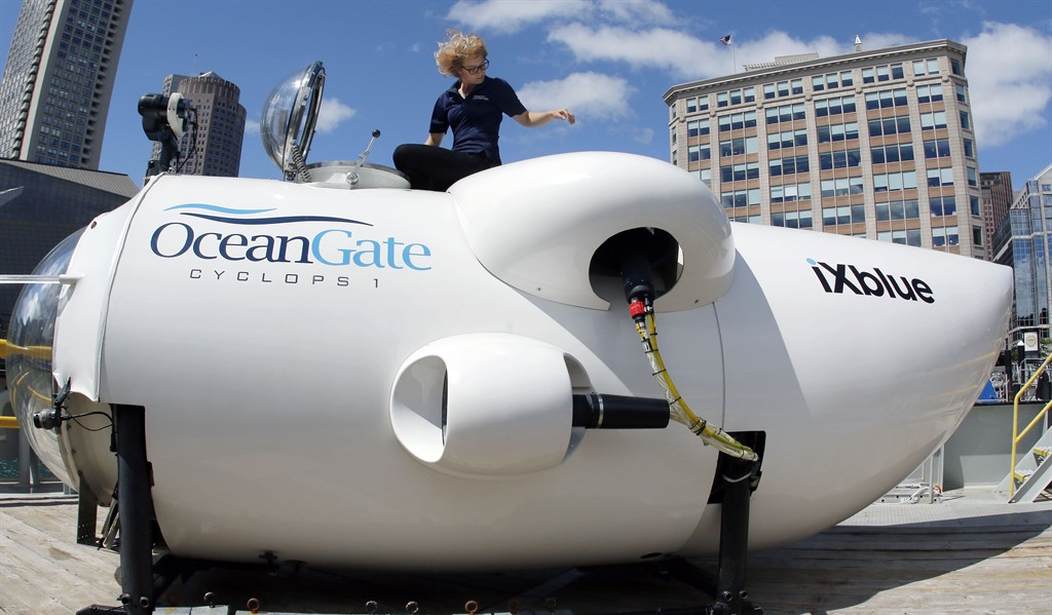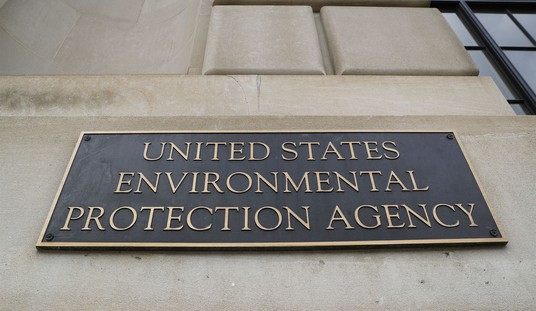The saga of the Titan submersible, missing since Monday shortly after it launched to take tourists to see the wreck of the Titanic, is a story that may prove to be as tragic — and maddening — as the tale of the doomed ocean liner itself.
In 2018, experts inside and outside the company sounded alarms about the Titan submersible — most notably, that the craft wasn’t properly certified to dive to the depths necessary to reach the Titanic. OceanGate’s director of marine operations, David Lochridge, wrote a report saying the craft needed more testing, stressing “the potential dangers to passengers of the Titan as the submersible reached extreme depths.”
Two months later, two dozen experts in the submersibles industry — deep sea explorers and oceanographers — sent a letter to OceanGate Expeditions chief executive Stockton Rush saying that the company’s refusal to get a “traditional assessment” could lead to potentially “catastrophic” problems with the Titanic mission.
It should be noted that Mr. Rush is currently onboard the Titan — wherever it may be. A Canadian search plane picked up underwater noises in the search area.
Canadian P-3 aircraft detected underwater noises in the search area. As a result, ROV operations were relocated in an attempt to explore the origin of the noises. Those ROV searches have yielded negative results but continue. 1/2
— USCGNortheast (@USCGNortheast) June 21, 2023
The report from Mr. Lochbridge was clear and specific in its warnings.
Mr. Lochridge reported in court records that he had urged the company to do so, but that he had been told that OceanGate was “unwilling to pay” for such an assessment. After getting Mr. Lochridge’s report, the company’s leaders held a tense meeting to discuss the situation, according to court documents filed by both sides. The documents came in a lawsuit that OceanGate filed against Mr. Lochridge in 2018, accusing him of sharing confidential information outside the company.
In the documents, Mr. Lochridge reported learning that the viewport that lets passengers see outside the craft was only certified to work in depths of up to 1,300 meters.
The debris field of the Titanic is sitting nearly 4,000 meters below the surface.
“The paying passengers would not be aware, and would not be informed, of this experimental design,” lawyers for Mr. Lochridge wrote in a court filing.
The company said in its own court filings, responding to a wrongful termination suit by Lochbridge, that he wasn’t an engineer and that “acoustic monitoring of the hull’s strength was better than the kind of testing that Mr. Lochridge felt was necessary,” according to the Times.
The letter sent to Rush by the three dozen experts is devastating.
The letter said that OceanGate’s marketing of the Titan had been “at minimum, misleading” because it claimed that the submersible would meet or exceed the safety standards of a risk assessment company known as DNV, even though the company had no plans to have the craft formally certified by the agency.
The letter claimed that OceanGate should, at the very least, have its prototypes tested by DNV — an internationally accredited registrar and classification society headquartered in Høvik, Norway — or some other certification process.
“While this may demand additional time and expense,” the signatories wrote, “it is our unanimous view that this validation process by a third-party is a critical component in the safeguards that protect all submersible occupants.”
Rush believed strongly in his creation. The billionaire may not have been as concerned about the money he was losing as much as he believed Titan was a revolutionary submersible that would change the industry.
In an unsigned 2019 blog post titled “Why Isn’t Titan Classed?,” the company made similar arguments. OceanGate said in the post that because its Titan craft was so innovative, it could take years to get it certified by the usual assessment agencies. “Bringing an outside entity up to speed on every innovation before it is put into real-world testing is anathema to rapid innovation,” the company wrote.
“There hasn’t been an injury in the commercial sub-industry in over 35 years,” he told Smithsonian magazine in a profile published in 2019. “It’s obscenely safe because they have all these regulations. But it also hasn’t innovated or grown — because they have all these regulations.”
Those regulations are only as “safe” as they are followed by builders. We certainly hope and pray that Mr. Rush and his passengers will be found and brought safely to the surface so he can defend himself from these serious charges.










Join the conversation as a VIP Member